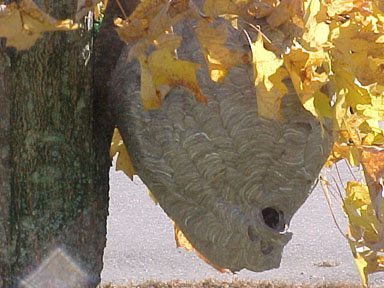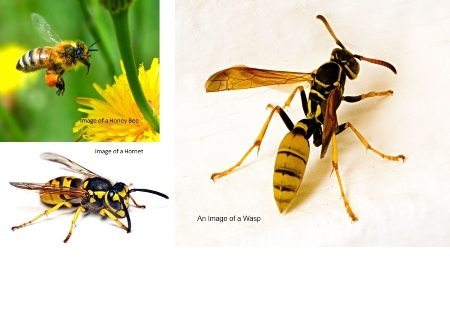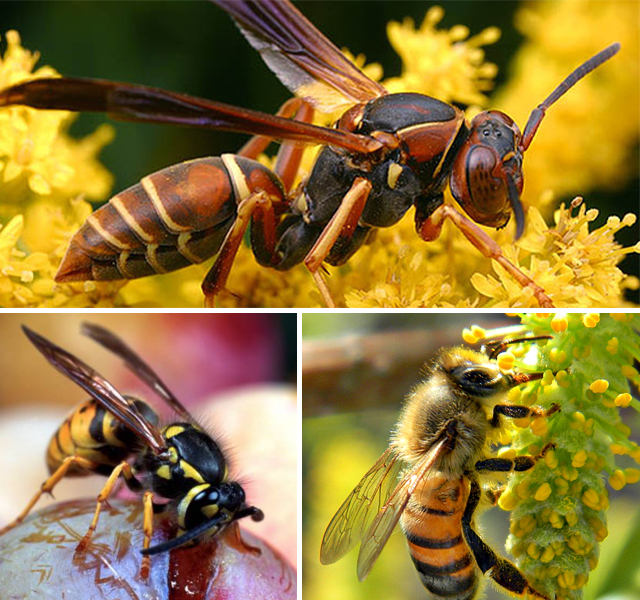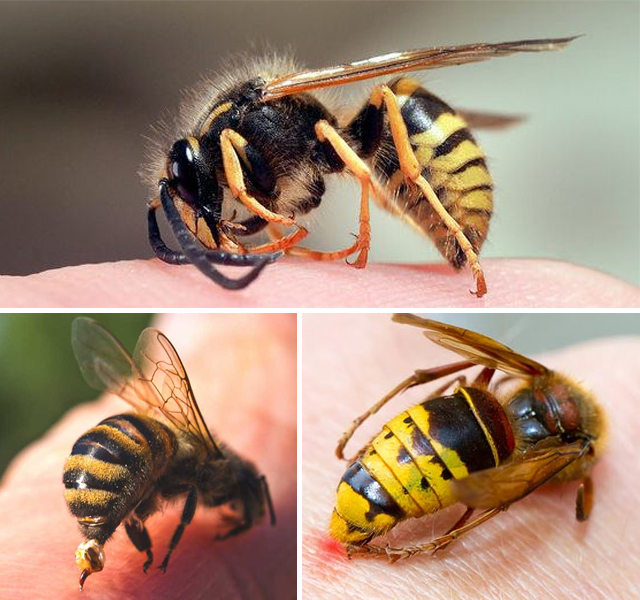Bees, wasps and hornets are all colonial and social insects. They thrive together under their queen who is the sole reproducing member of the colony. The males known as drones are meant only for reproducing and once their job is done, they die. The distinction between these three colonial cousins is given here for better understanding.
Difference in Appearance
Bees and wasps can both be diminutive or large depending on the species. Hornets belong to the wasp family and are quite bigger in size. The bees have broader waists while the wasps and hornets have well defined pinched waists. Bees are hairy and these hairs help in pollination. Most wasps and hornets are not hairy though some wasps and hornets do. Bees have a barbed sting which is not the case with hornets and wasps. Bees are bulky and the wasps are lean species.
Difference in Food Habits
Bees feed on nectar from the flowers and the bee larvae consume the pollen that offers them protein and sustenance. Wasps and hornets are predatory creatures and feed on other insects. Hornets especially feed on honey bees and pose a serious threat to the honey bee population. Wasps are scavengers that hunt for both insects as well as left over foods by humans.
Difference in Nests
Bees nest is built out of wax that is secreted by them on consumption of nectar. Wasps and hornets build their nest with chewed up wood that becomes paper like substance due to the reaction of its saliva on them. Bees build their nests mostly in tree cavities, holes and man made structures. Hornets prefer to build aerial nests while wasps prefer less altitude. Some wasps also build underground nests.

Difference in the way they Sting
Though the size of the stingers is larger for wasps and hornets the toxic nature of the venom is more for a honey bee sting. Honey bees die when they sting as a part of their abdomen gets pulled out when the sting is injected on the victim. Therefore bees can sting only once. Wasps and hornets are capable of injecting multiple stings and hence pose a greater threat.
 Yellow Jackets Pest Control Plus helps with control methods and in identifying right Products and Local pest control companies.
Yellow Jackets Pest Control Plus helps with control methods and in identifying right Products and Local pest control companies. 


